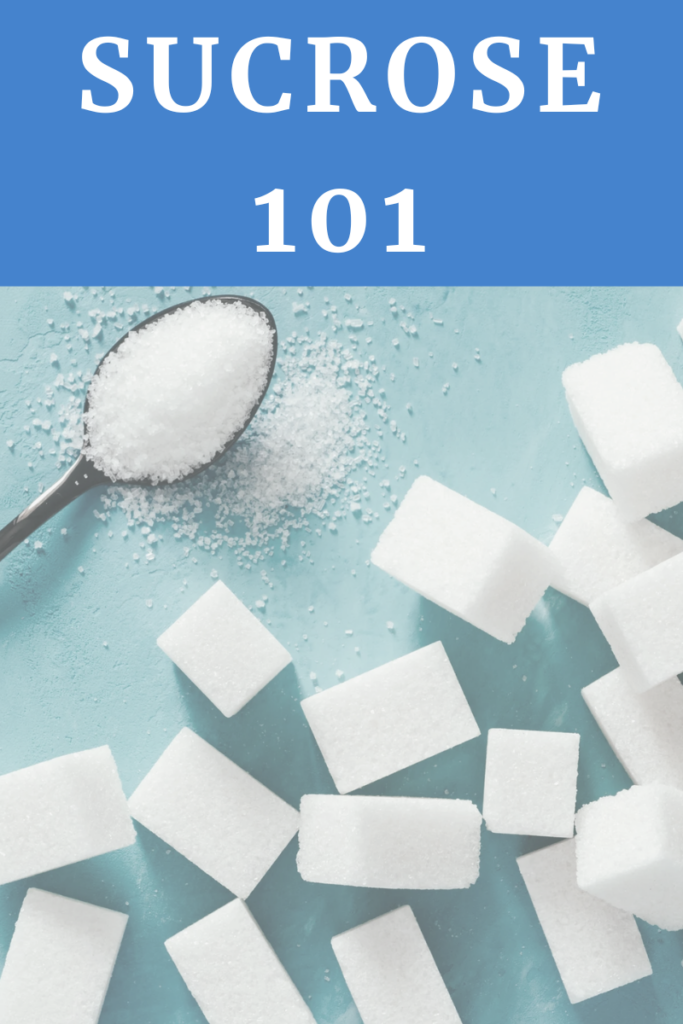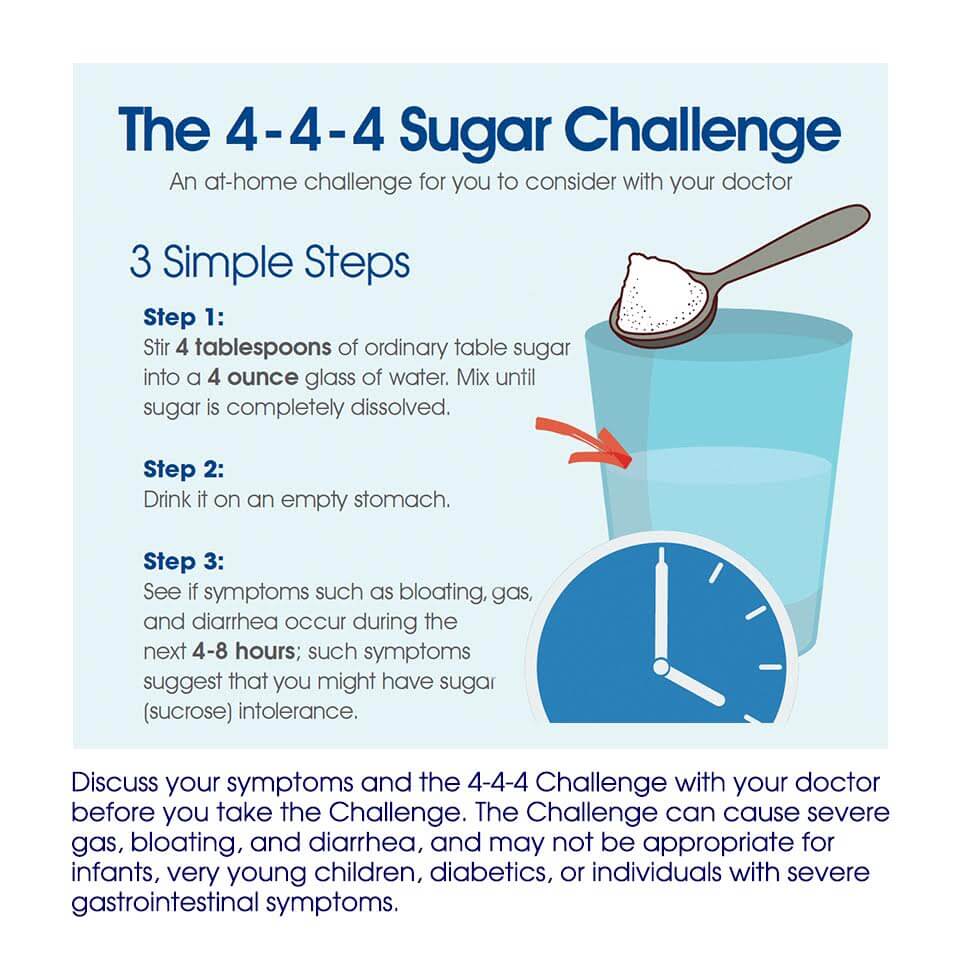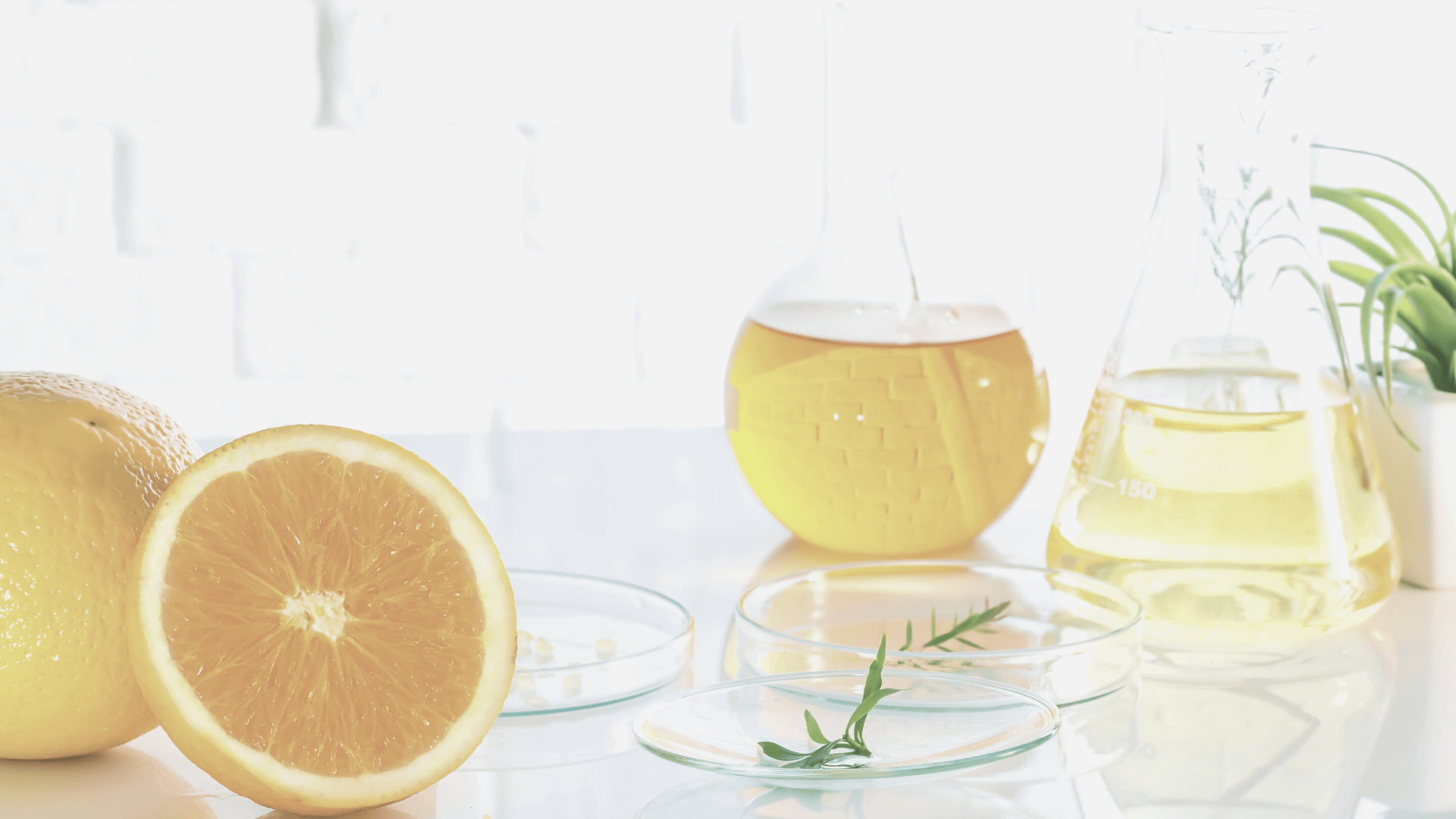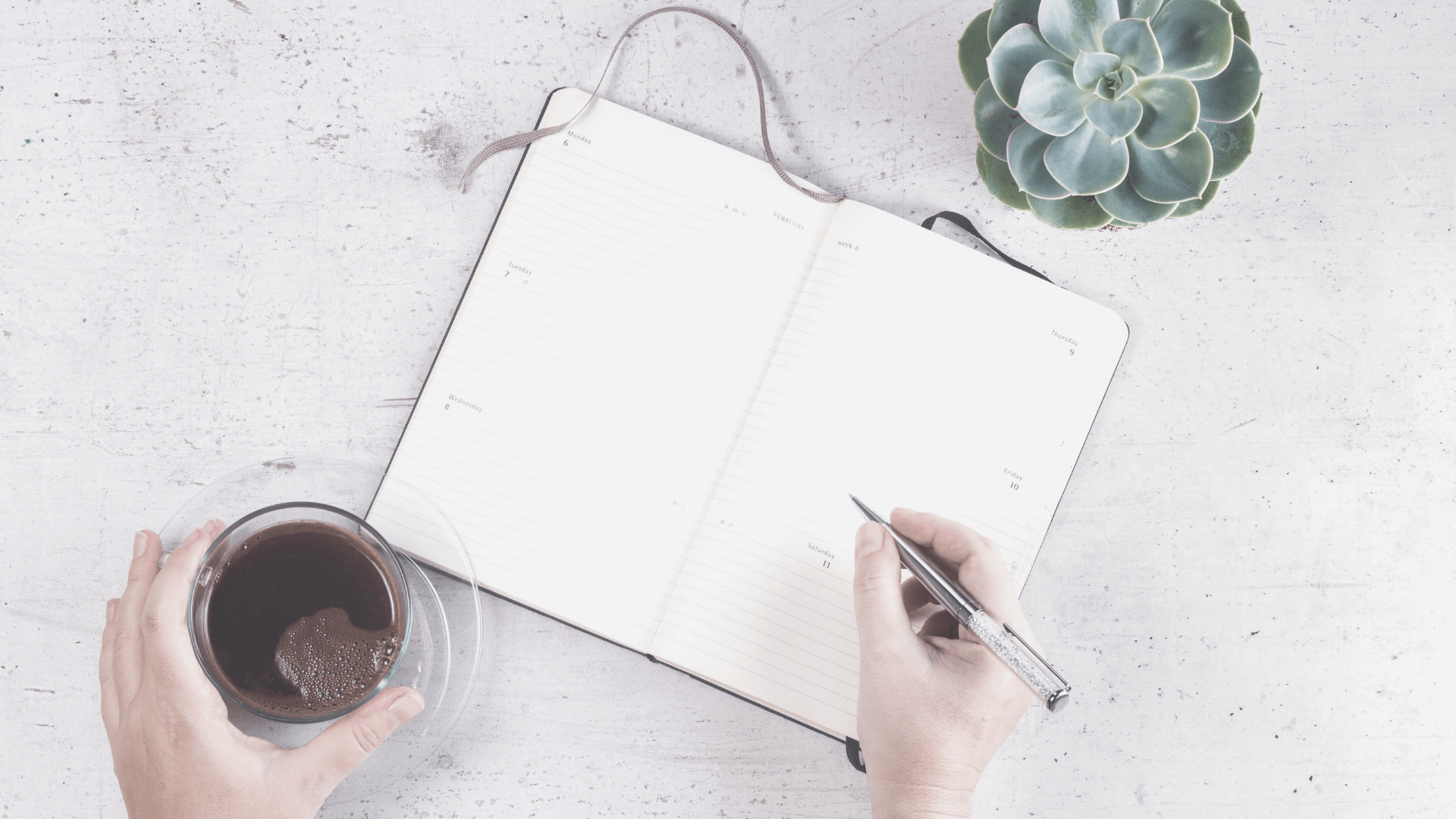I’m all about that education life. Let’s talk about sugar and Sucrose 101 today.
I recently took the #444SugarChallenge.
Check it out and consider doing the challenge today, too.
BTW – this post was updated in April, 2020.
This is the most recent video I did.
Sucrose 101
Click HERE to save this post for later.

As a noun, sucrose is
a compound which is the chief component of cane or beet sugar
It is #162 on the list of 192 Sugar Sources and Alternate Names.
Sucrose….
- the scientific name for table sugar
- is a disaccharide (I’ve discussed the disaccharide HERE)
- consists of glucose and fructose
- also known as saccarose
- cleared by enzyme sucrase (similar to how lactose is cleared by the enzyme lactase)
- is a non-reducing sugar (can’t participate in redox reactions)

Interested in joining the challenge?
Here’s how you can do it:
- Stir 4 tablespoons of ordinary table sugar into 4 ounces of water.
- Mix until the sugar is completely dissolved.
- Drink the mixture on an empty stomach.
- Wait 4-8 hours to see if any symptoms arise.

Sucrose Reaction?
Here are some symptoms which might happen if you are intolerant to sucrose:
- abdominal cramps
- bloating
- vomiting
- headaches
- anxiety
- excess gas
And if so, what should you do?
Well, step 1: record it in your journal and see your doctor for further information.
CSID
Now, if you’re finding that your reactions are more severe, you might be looking at CSID.
CSID stands for ‘congenital sucrase-isomaltase deficiency.’
It is a genetic disorder that reduces a person’s ability to digest sucrose and maltose.
According to FoodMarble,
It is a rare condition with an estimated prevalence of 1 in 5000 people. However, the prevalence may be as high as 1 in 20 in certain native populations of Alaska, Greenland, and Canada.
Due to the common overlapping symptoms between CSID, irritable bowel syndrome (IBS), small intestinal bacterial overgrowth (SIBO) and other sugar intolerances (E.g. lactose intolerance), the actual prevalence is likely to be underestimated, due to a misdiagnosis.
In one study they identified CSID in 17% of the patients tested, from which 65% were formally diagnosed with IBS-diarrhea (IBS-D), 29% with lactose intolerance, 19% with SIBO and 20% with gastroesophageal reflux disease (GERD).
Did I React?
Good news! Drinking the solution, though it was gross, didn’t give me all the negative side effects.
Told ya…..my gut is healed.
You’re going to get there, too, my friend.
p.s. Need a poop mug? Grab one HERE.
p.s.s. I did this challenge last year, too. Here was my first video. In the video I mention how you might know you have a fructose intolerance already, but what about sucrose as a whole? Ever thought about that?
If you liked this post, you might also enjoy:
Xox,
SKH
🤰 bloating be gone! weight loss through optimal gut health for women
💃ʜᴇᴀʟ ʏᴏᴜʀ ɢᴜᴛ. ʜᴇᴀʟ ʏᴏᴜʀ ʟɪfe.
🫶🏻 founder gutbyome.com

![13 Best Paleo Bars [that are also high protein]](https://agutsygirl.com/wp-content/uploads/2017/05/paleo-bars-featured-agutsygirl.com_.png)





I did the sucrose SIBO breath test last week with zero symptoms. The following day, I did the lactulose SIBO breath test and got diarrhea and a rosacea flare up.
Very interesting.
I def have an intolerance to it as well I use to get severe headaches and sometimes migraines bloating and. Really bad stomach cramps. Now I use natural sugars like honey maple syrup and coconut sugar. Such a big difference when u fix what was hurting u.